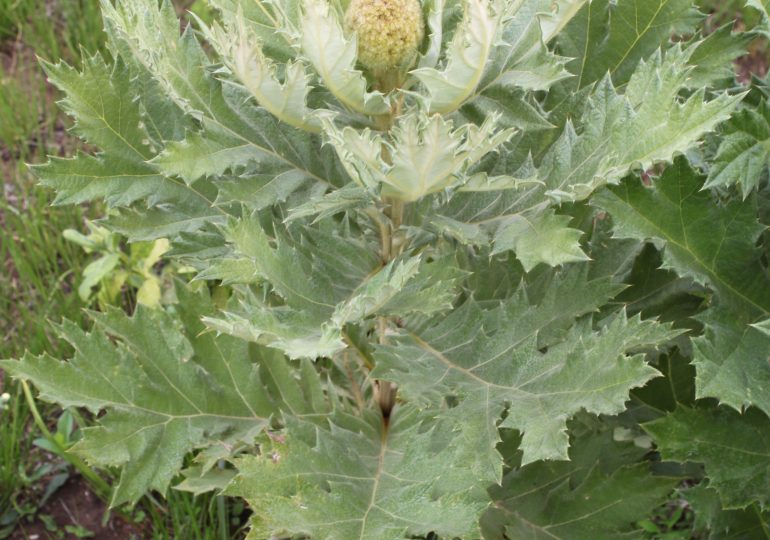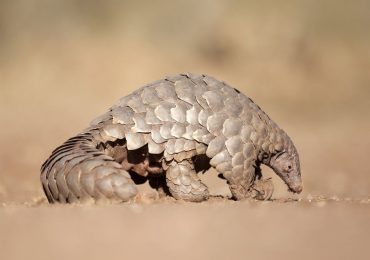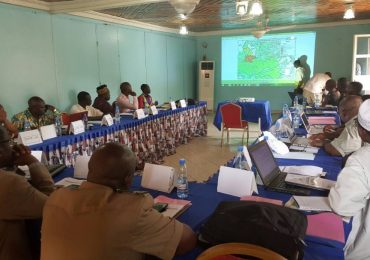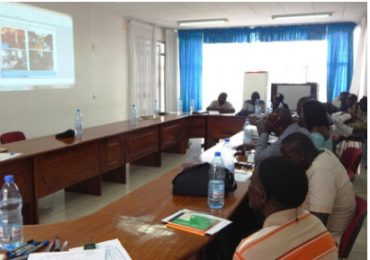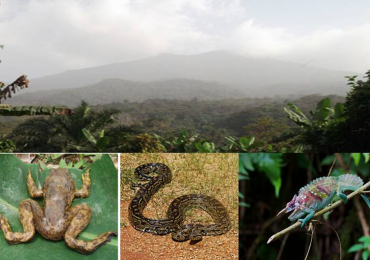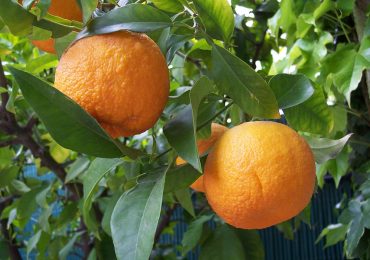By Sally Sumbelle
Echinops giganteus is a plant found only in three regions of Cameroon, the South West, West and the North region. Even in these regions, it is found only in some specific areas.
In the West Region, it is found in the Bafou area and in the South West Region, the plant can be found only on the mountainous slopes of Lebialem Division which make up the Mt. Bamboutos. Echinops giganteus is a herbaceous perennial plant belonging to the order Asterales and to the family Asteraceae/Compositae.
The genus Echinops is composed of about 120 species of flowering plants commonly known as globe thistles which are native to Europe, East-Central Asia and to the mountains of tropical Africa. It can easily be recognised by its big spiny leaves and globe thistle or ‘ball’ which grows at the tip of the plant. The seeds of this plant are found within the globe thistle. Each locality in the Mt. Bamboutos area has a different vernacular name for this plant. The common name of Echinops in the villages of Bamumbu, Magha and Mundani is ‘Ayilagwem’. Bafou villages use the names ‘Kahgoh’ or ‘Tsegem’ while in the M’muock Leteh and Mbessang villages, it is referred to as ‘Soapte’ or ‘Kessa’.
The roots, flowers and leaves of Echinops are often harvested by the local people to treat many types of ailments such as yellow fever, abdominal pain, constipation, cough and menstrual pain. It could also treat respiratory problems, hernias, dental pain and general body pains. It is also commonly utilized for its culinary properties.
Echinops is used as a spice in traditional Cameroonian dishes like Nkui and Achu, where powder obtained from dried roots are mixed with other spices to give a peculiar taste to the food. In these remote villages, the globe thistle serves as a ball for recreation for the less privileged children whose parents are incapable of providing their basic needs. Even with its many uses, it is still considered a weed by some of the local people.
Research carried out by scientists on this plant indicates that its roots contain essential oils which make it a potential aromatic plant for pharmaceutical industries. It has also exhibited cytotoxicity and antibacterial properties thus, providing baseline information for its potential use in contemporary medicine.
The plant, therefore, has to be dug up to obtain the roots which are of immense importance. Even though field evidence shows that the plant can regenerate after harvesting through part of its roots left underground; random harvesting may one day lead to the plant becoming threatened and even extinct.
To circumvent this from happening, ERuDeF in collaboration with Man & Nature, a French NGO, have embarked on a conservation-through-cultivation initiative. A nursery has been set up at Magha in Lebialem Division, with seeds of Echinops giganteus collected from the Mt. Bamboutos area being subjected to different seed treatments before sowing. So far, the germination trials have been successful. However, the growth of these seedlings is still under study to determine at what stage of development the roots attain maximum bulking size.
The growth trials are ongoing and upon a successful completion and understanding of the growth cycle of the plant by the agronomy team involved, this technology will be transferred to the local people. The savannah ecosystem in the Mt. Bamboutos area is under threat due to the conversion of large areas of land for intensive agricultural use involving the (indiscriminate) use of agrochemical products.
By adopting the cultivation of Echinops giganteus, which does not involve any chemical application, the savannah ecosystem will be stabilized since the pressure on the species in the wild is sure to reduce to the barest minimum. By so doing, biodiversity conservation will be guaranteed
Considering its multiple uses, the demand for its roots could be deemed as high but the financial benefits derived from their sale and the impact on the livelihood of the local people is yet to be seen. The Environment and Rural Development Foundation(ERuDeF) in collaboration with French Charity Man & Nature have, through this project, introduced the Access Benefit Sharing concept whereby the local communities and the project team involved will obtain financial and non-financial benefits such as training and capacity building, creation of institutions, information dissemination through publications, tools and biodiversity conservation.
Don’t waste time searching at all the current new information ones.


